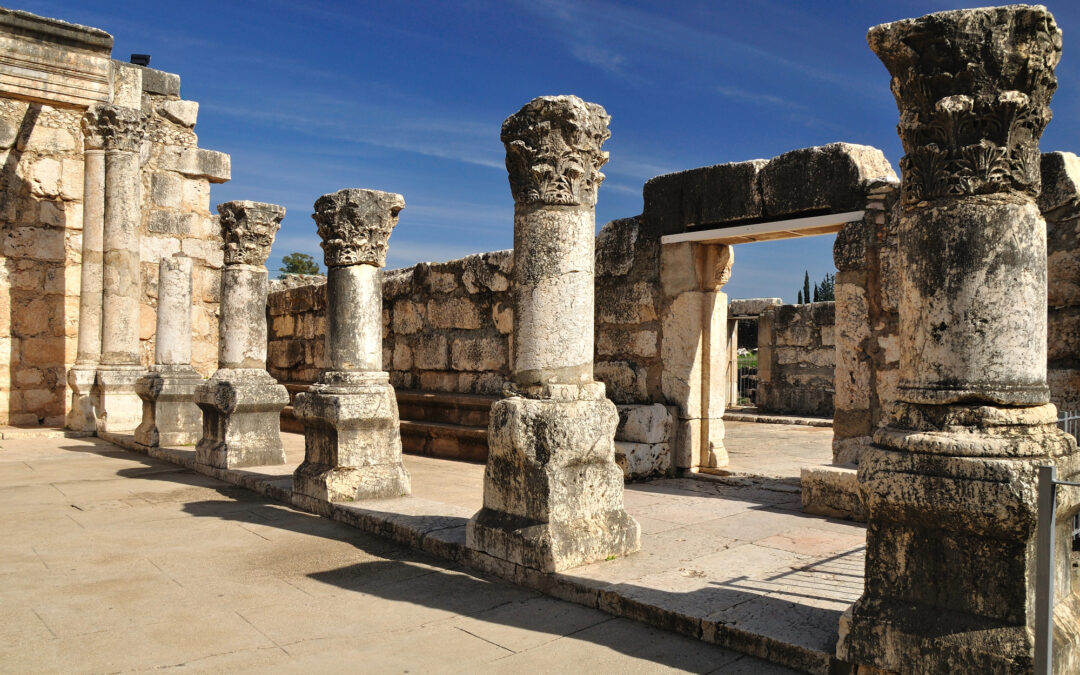Commemorating the Destruction of Ancient Temples and Other Tragedies
Many of the Jewish high holy days and holidays are celebrations, often commemorating the resilience of the Jewish people over many millennia. The observance of Tisha B’av and the Three Weeks, though, is often considered the saddest day on the Jewish calendar, marking not only the destruction of the ancient temples in both Babylon and Rome, but a number of other “calamities” as well, from the deaths of the “Ten Martyrs” in ancient Rome to the atrocities of the Crusades and the Holocaust.
When Is Tisha B’av and What Is It’s Significance?
Technically, Tisha B’av is an annual fast day that falls on the 9th day of the month of Av (according to the Gregorian calendar). The fast marks the end of a three-week period, known as the “three weeks between dire straits,” or the “Bein ha-Metzarim,” which acknowledges the dates of the siege of the temple in Jerusalem in 586 BCE by Nebuchadnezzar II, as well as the siege of the temple in Jerusalem by the Romans in 70 CE.
Specifically, Tisha B’av recognizes and pays tribute to what are referred to as “the five calamities”:
- The return of the 12 spies sent by Moses to Canaan—Only two of the 12 gave a favorable report, leading the Israelites to despair that they would ever enter into the promised land. Because of their outcry, God punished them, preventing their generation from going into the promised land.
- The destruction of the first temple by King Nebuchadnezzar, sending the Jews into Babylonian exile. The first temple, erected by King Solomon, was destroyed on the 9th of Av, 586 BCE.
- The destruction of the second temple in Jerusalem in August, 70 CE, by the Romans, exiling the Jews from the Holy Land
- The suppression, in 135 CE, of Bar Kokhba’s revolt, along with the destruction of the city of Betar, which resulted in the deaths of more than a half a million Jewish residents
- The destruction of the site of the temple of Jerusalem in 135 CE, following the failure of the Bar Kokhba revolt
Tisha B’av has also become a day to acknowledge other calamities that have befallen the Jewish community over the past 1500 years, such as:
- The First Crusade, which began around 1096 CE, which led to the deaths of thousands of Jewish people in France, the Rhineland and across Europe
- The expulsions of Jewish people from England, France and Spain between 1290 and 1492 CE
- The entrance of the German army into WWI in August 1914, which had a devastating impact on European Jewish community and culture
- The approval, in August 1941, by the German Nazi party of the “final solution,” with initiated the Holocaust, in which a third of the world’s Jewish citizens were killed
- The initiation of the mass deportation of Jewish residents from the Warsaw Ghetto to the concentration camp in Treblinka in 1942
What Are the Traditional Observances Associated with Tisha B’av?
Though the emphasis on Tisha B’av is on fasting, mourning and prayer, observants also adhere to what are commonly referred to as the “five prohibitions”:
- Because Tisha B’av is a day of fasting, there is no eating or drinking for a 25-hour-period
- There is no washing or bathing during the 25-hour-period
- Observants may not apply creams or oils to their bodies
- Observants may not wear leather shoes during Tisha B’av
- There may be no sexual relations during Tisha B’av
Observants may not study the Torah during Tisha B’av, with the exception of the Book of Lamentations, the Book of Job, certain portions of Jeremiah, and those chapters of the Talmud that either reference the laws of mourning or the destruction of the temple.
During the fast, most adherents will sit on low stools or even on the floor, much as is done during shiva. In preparation for the fast, it is common to consume a hard-boiled egg that has been dipped in ashes, as well as a piece of bread that has been dipped in ashes.
Though the fast technically ends at nightfall, most people continue the observance of the better part of the next day, recognizing that, when the temple was destroyed, it continued to burn for another day or two.
Gutterman’s and Gutterman Warheit—Helping Jewish Families for Five Generations
At Gutterman’s and Gutterman Warheit, with funeral chapels in New York and Florida, we have provided comprehensive funeral and burial services to individuals and families within the Jewish community for more than 125 years. We are familiar with the different customs within each Jewish tradition and will work closely with you to help you pay your respects and honor your beliefs. We handle all matters related to funeral or burial services, from the structure of the memorial service to preparations for sitting Shiva, from the selection of a casket or monument to the creation of a Yahrzeit calendar. We will work directly with the Chevra Kadisha, making certain that all preparations comply with Jewish law.
To learn how we can be of assistance, contact us by email or call us at one of the numbers listed below.
Gutterman’s & Gutterman Warheit — Where Relationships Matter
Family Owned and Operated Since 1892
Rockville Centre: (516)764-9400 | Woodbury: (516)921-5757 | Brooklyn: (718)284-1500
Boca Raton, FL: (561)997-9900 | (800)992-9262

